The Maryland Historical Trust is excited to announce the FY23 Historic Preservation Capital Grants
Program awardees!
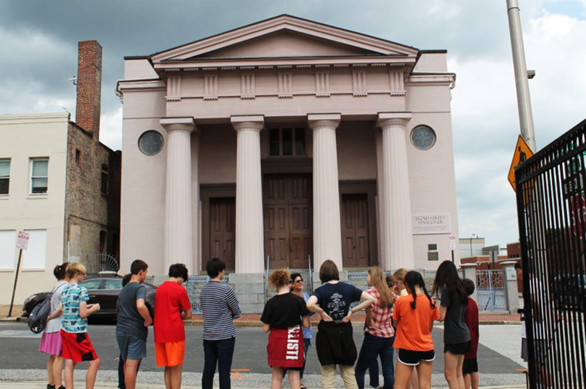 Lloyd Street Synagogue.
Lloyd Street Synagogue.
Lloyd Street Synagogue
Listed on the National Register of Historic Places, Lloyd Street Synagogue (Baltimore City) is a Greek
Revival style building constructed in 1845. It features a unique round stained-glass window with a
Star of David, thought to be the first on any exterior in the United States. In 1963, it became the
Jewish Historical Society of Maryland. This $100,000 project will address urgent structural and ceiling
repairs.
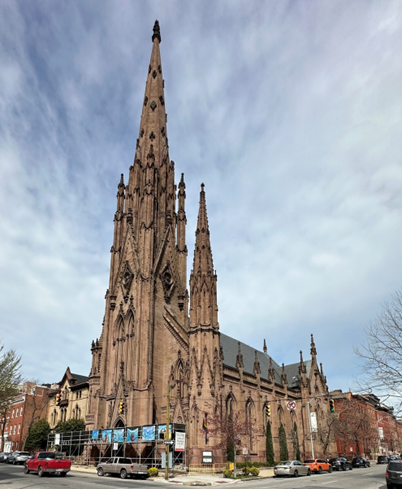 First and Franklin Presbyterian Church.
First and Franklin Presbyterian Church.
First and Franklin Presbyterian Church
Built in 1854-1859, the First and Franklin Presbyterian Church (Baltimore City) is listed on the
National Register of Historic Places for its high-style Gothic Revival architecture, with the spires
added in 1873. Beyond its architectural significance, the church and congregation have also played a
significant role in LGBTQ+ history, hosting the first AIDS Support Group outside of a clinical environment
and the first public forum on the burgeoning AIDS crisis that drew more than 300 people. The $100,000
grant project’s priority is restoring the tallest brown stone spire, including an engineering assessment.
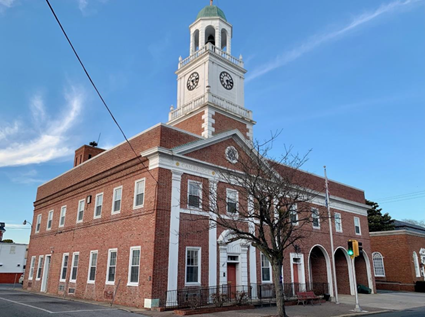 Cambridge Municipal Building.
Cambridge Municipal Building.
Cambridge Municipal Building
The Cambridge Municipal Building (Dorchester County) is a 1926 Colonial Revival government building designed
by Henry Powell Hopkins, and is noted for its role in the summer of 1963 civil unrest in Cambridge. City
officials based in the building sought the National Guard’s assistance during ongoing protests, leading
to the longest peacetime occupation of a community in U.S. history. The $100,000 grant project will
restore the wood cupola and clock tower, front doors, trim, and decorative details, enabling the building
to be used once again as government offices, in addition to a first-floor public gathering space and
museum.
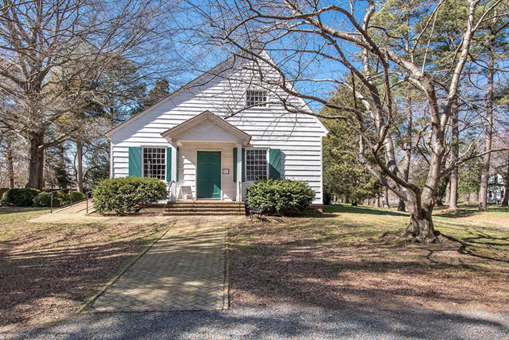 Third Haven Meeting House.
Third Haven Meeting House.
Third Haven Meeting House
One of the Atlantic seaboard’s three oldest surviving religious facilities, Third Haven Meeting House
(Talbot County) (c. 1684) represents the origins and values associated with religious freedom. Despite
some Quaker members being slaveholders, Third Haven is known for its influence on Maryland Quakers'
emancipation efforts in the tobacco economy in the late 18th century. The $100,000 grant project aims
to restore wood elements of the meetinghouse like siding and windowsills and improving moisture issues
in the crawl space and interior through passive, noninvasive ventilation.
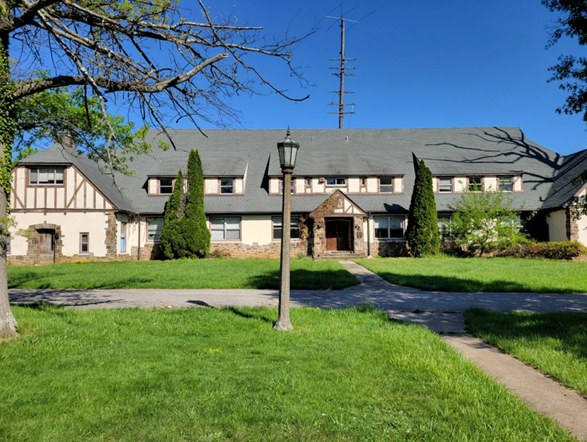 Edwards Building.
Edwards Building.
Edwards Building
The Edwards Building (Baltimore County) sits on the 14-acre campus of the Pikesville Armory, the second
oldest Armory in Maryland. Listed on the National Register of Historic Places, it was a training base
for US soldiers who played critical roles in World Wars I and II. Built in the 1920s as the Officer’s
Headquarters, the WWI-era Edwards Building sits prominently on the campus and is a lovely example of
Tudor-style architecture. The $100,000 grant project will focus on the waterproofing needs and masonry
repairs on the foundation.
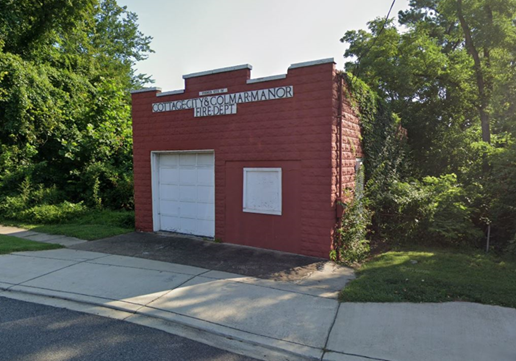 Prince George’s Volunteer Fireman’s Association.
Prince George’s Volunteer Fireman’s Association.
Prince George’s Volunteer Fireman’s Association
In 1924, the Prince George’s Volunteer Fireman’s Association commenced the construction of the town’s
first firehouse. The Cottage City and Colmar Manor Fire Department (Prince George's County) building
served as the firehouse for the port towns of Cottage City and Colmar Manor until 1940 when it was
replaced by a larger firehouse. Recently, the town of Cottage City purchased the building to serve as
a Community Outreach Center. The $100,000 grant project will focus on rehabbing original material,
such as interior wood floors, trim, molding, and paneling, and masonry, a terra cotta seal, roof,
and wood windows and doors.
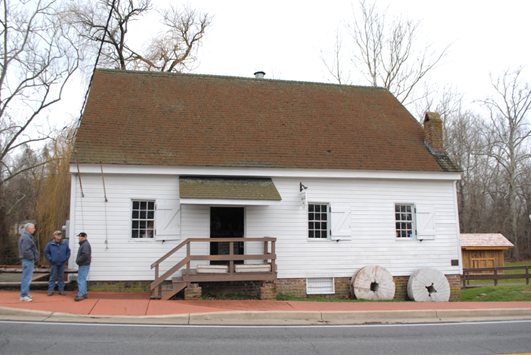 Wye Mill.
Wye Mill.
Wye Mill
Dating to 1862, the National Register-listed Wye Mill (Queen Anne's County) is the oldest water-powered
overshoot grist mill in continuous operation in the country. The mill is an excellent example of milling
technology from the 17th century through the 20th century. In 1952, the opening of the Chesapeake Bay
Bridge threatened its existence, but the Friends of Wye Mill, Inc. purchased the property to ensure
the mill would continue operating as part of a museum. The $4,000 grant will focus on repairs to the
mill race box and sluice gate.
For information about the Capital Grants program, please contact Stacy Montgomery, Capital Programs
Administrator, stacy.montgomery@maryland.gov or (410) 697-9559.